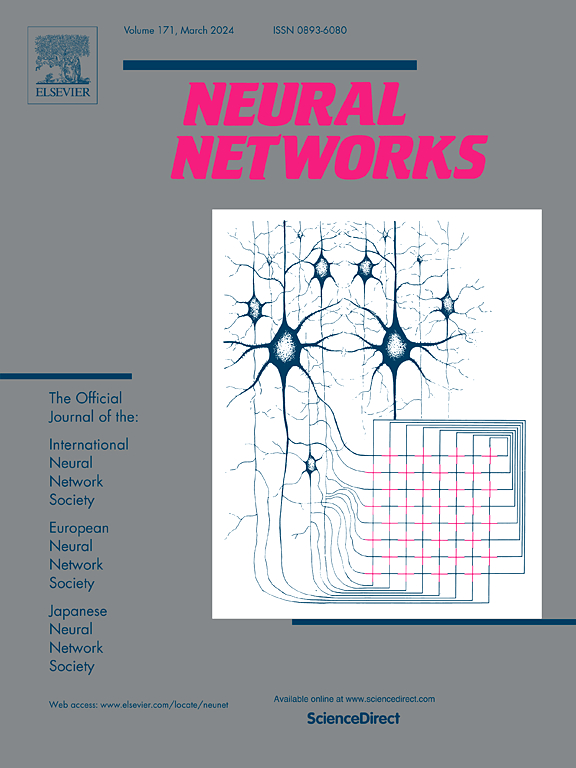Unifying and revisiting Sharpness-Aware Minimization with noise-injected micro-batch scheduler for efficiency improvement
IF 6
1区 计算机科学
Q1 COMPUTER SCIENCE, ARTIFICIAL INTELLIGENCE
引用次数: 0
Abstract
Sharpness-aware minimization (SAM) has been proposed to improve generalization by encouraging the model to converge to a flatter region. However, SAM’s two sequential gradient computations lead to 2 computation overhead compared to the base optimizer (e.g., SGD). Recent works improve SAM’s efficiency either by switching between SAM and base optimizer or by reducing data samples. In this paper, we first propose the micro-batch scheduler to unify the above two ideas and summarize that the commonality of them is adopting a smaller micro-batch to approximate the perturbation. However, its role is not fully explored. Thus, we revisit the effect of micro-batch approximated perturbation on accuracy and efficiency and empirically observe that a too-small micro-batch causes accuracy degradation as it leads to a sharper loss landscape. To alleviate it, we inject random noise into the micro-batch approximated gradient in SAM’s first ascent step, which implicitly leverages random perturbation before SAM’s second descent step. The visualization results confirm that it encourages the model to converge to a flatter region. Extensive experiments with various models (e.g., ResNet-18/50, WideResNet-28-10, PyramidNet-110, and ViT-B/16, etc.) evaluated on CIFAR-10 and ImageNet-1K show that the proposed method achieves competitive accuracy with higher efficiency when compared to several efficient SAM variants (e.g., ESAM, LooKSAM-5, AE-SAM, K-SAM, etc.).
求助全文
约1分钟内获得全文
求助全文
来源期刊

Neural Networks
工程技术-计算机:人工智能
CiteScore
13.90
自引率
7.70%
发文量
425
审稿时长
67 days
期刊介绍:
Neural Networks is a platform that aims to foster an international community of scholars and practitioners interested in neural networks, deep learning, and other approaches to artificial intelligence and machine learning. Our journal invites submissions covering various aspects of neural networks research, from computational neuroscience and cognitive modeling to mathematical analyses and engineering applications. By providing a forum for interdisciplinary discussions between biology and technology, we aim to encourage the development of biologically-inspired artificial intelligence.
 求助内容:
求助内容: 应助结果提醒方式:
应助结果提醒方式:


